A Few Thoughts Regarding the Woodland Period
Steven R. Cooper, EIC
Originally published in the Central States Archaeological Journal, Vol.57, No.2, pg.119
It took real skill and engineering to construct a mound such as Sauls Mound. This 72 foot high mound towers over the Pinson Site near Jackson Tennessee. This complex was built around 1 AD, covers 400 acres, and has more than 30 mounds along with geometric earthen structures. It is obvious from the lack of habitation evidence that this was strictly a religious site that probably served as a place of worship. Artifacts found there come from as far away as the Rocky Mountains and the shores of Florida. What drew people to it? And it is just one of many! The huge Hopewell earthworks near Chillicothe speak of a culture that was anything but primitive. They had to have an understanding of mathematics to design many of the earthworks, some of which are near perfect in form and alignment. Their artwork is on an equal level with anything ever created by human beings, and shows they had a highly evolved religion.
The picture usually presented of Woodland peoples is of gentle basket carrying farmers living out their simple lives in thatched huts. If only we had the real story. The artifacts show us these were smart people. They show us they were warriors, skilled artisans and had an understanding of certain scientific principles. There is much mystery here. Who really were the Hopewell, the Copena and the Adena peoples? We understand so little, and the pieces of the puzzle are so scattered that we may never truly know them.
When I hold an artifact from this time period, I enjoy pondering the mystery of the maker. What did he/she think? What language was spoken? What inspired them? There is so much more to know about the inspiration behind an Adena, a Ross or Jack's Reef point. These were tools from the hands of a people we can only imagine in our minds, made before and after the Roman Empire, in a land right beneath our feet.
The Woodland Period covers a timeline of two thousand years from approximately 1000 BC to 1000 AD. In contrast, the Roman Empire lasts from 763 BC to the year 455 AD, when Rome was sacked by the Vandals. The documented history of Rome holds many major historical events; the destruction of Carthage, the murder of Caesar, the birth of Christ. The list could go on and fill this entire journal. Our art, law, government, literature and religion all have their beginnings tied to the time of Rome.
The Woodand Period lasted longer than Rome, and we would be foolish not to think that many of the same important events occurred here. What is missing is any written documentation. There are no records of any kind except the archaeological record. Something inspired the massive outpouring of energy to build mounds everywhere. Though many disappeared in the early 1800's with the westward movement into the Ohio and Tennessee Valleys, we do know they impressed the pioneers. During the next one hundred years of American history, much thought was given to the origin of the mounds and who might have built them. There are even those today who don't believe that Native Americans could have been the designers and builders of such earthworks. If you go on the internet, there are even those who believe aliens built them! What is fact is that the leaders, religious figures, war lords and major events will never be known since there is no written record. The lack of building with stone convinced many professionals to dismiss this culture as primitive and barely worthy of study.
The artifacts and earthworks must speak for these people. And they show that a high level of sophistication had evolved since the Paleo Period. Take some dirt and pile it up in a field and come back a year later. Odds are it will have washed away.
In the 1891-92 Annual report of the Bureau of Ethnology, the evidence is presented to finally answer the question as to whether the earthworks and mounds were construced by Native Americans or other ancient peoples. This huge 742 page volume brings together graphs, maps, pictures and a summary of sites for each state. The final paper by Cyrus Thomas confirms that the evidence shows without a doubt that "the tribes of Indians that occupied the continent at the time of discovery by Columbus" were the "moundbuilders."
Used by permission of the publisher
To learn more about or to join the Central States Archaeological Society, click here: http://www.csasi.org/
Steven R. Cooper, EIC
Originally published in the Central States Archaeological Journal, Vol.57, No.2, pg.119
It took real skill and engineering to construct a mound such as Sauls Mound. This 72 foot high mound towers over the Pinson Site near Jackson Tennessee. This complex was built around 1 AD, covers 400 acres, and has more than 30 mounds along with geometric earthen structures. It is obvious from the lack of habitation evidence that this was strictly a religious site that probably served as a place of worship. Artifacts found there come from as far away as the Rocky Mountains and the shores of Florida. What drew people to it? And it is just one of many! The huge Hopewell earthworks near Chillicothe speak of a culture that was anything but primitive. They had to have an understanding of mathematics to design many of the earthworks, some of which are near perfect in form and alignment. Their artwork is on an equal level with anything ever created by human beings, and shows they had a highly evolved religion.
The picture usually presented of Woodland peoples is of gentle basket carrying farmers living out their simple lives in thatched huts. If only we had the real story. The artifacts show us these were smart people. They show us they were warriors, skilled artisans and had an understanding of certain scientific principles. There is much mystery here. Who really were the Hopewell, the Copena and the Adena peoples? We understand so little, and the pieces of the puzzle are so scattered that we may never truly know them.
When I hold an artifact from this time period, I enjoy pondering the mystery of the maker. What did he/she think? What language was spoken? What inspired them? There is so much more to know about the inspiration behind an Adena, a Ross or Jack's Reef point. These were tools from the hands of a people we can only imagine in our minds, made before and after the Roman Empire, in a land right beneath our feet.
The Woodland Period covers a timeline of two thousand years from approximately 1000 BC to 1000 AD. In contrast, the Roman Empire lasts from 763 BC to the year 455 AD, when Rome was sacked by the Vandals. The documented history of Rome holds many major historical events; the destruction of Carthage, the murder of Caesar, the birth of Christ. The list could go on and fill this entire journal. Our art, law, government, literature and religion all have their beginnings tied to the time of Rome.
The Woodand Period lasted longer than Rome, and we would be foolish not to think that many of the same important events occurred here. What is missing is any written documentation. There are no records of any kind except the archaeological record. Something inspired the massive outpouring of energy to build mounds everywhere. Though many disappeared in the early 1800's with the westward movement into the Ohio and Tennessee Valleys, we do know they impressed the pioneers. During the next one hundred years of American history, much thought was given to the origin of the mounds and who might have built them. There are even those today who don't believe that Native Americans could have been the designers and builders of such earthworks. If you go on the internet, there are even those who believe aliens built them! What is fact is that the leaders, religious figures, war lords and major events will never be known since there is no written record. The lack of building with stone convinced many professionals to dismiss this culture as primitive and barely worthy of study.
The artifacts and earthworks must speak for these people. And they show that a high level of sophistication had evolved since the Paleo Period. Take some dirt and pile it up in a field and come back a year later. Odds are it will have washed away.
In the 1891-92 Annual report of the Bureau of Ethnology, the evidence is presented to finally answer the question as to whether the earthworks and mounds were construced by Native Americans or other ancient peoples. This huge 742 page volume brings together graphs, maps, pictures and a summary of sites for each state. The final paper by Cyrus Thomas confirms that the evidence shows without a doubt that "the tribes of Indians that occupied the continent at the time of discovery by Columbus" were the "moundbuilders."
Used by permission of the publisher
To learn more about or to join the Central States Archaeological Society, click here: http://www.csasi.org/
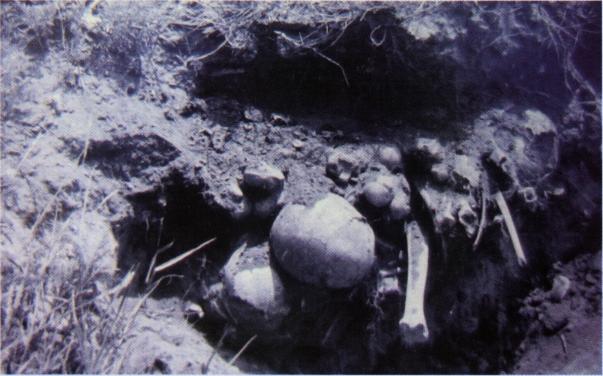


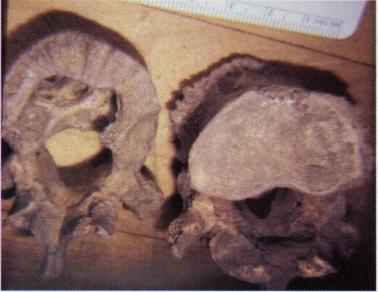
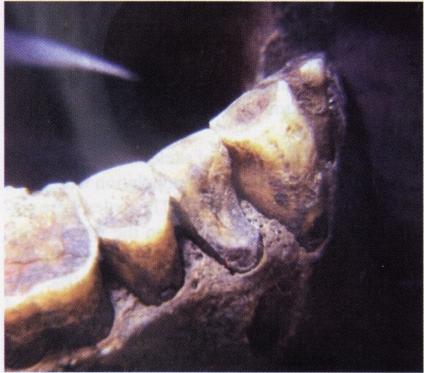
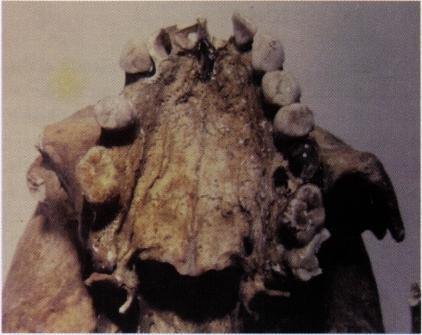
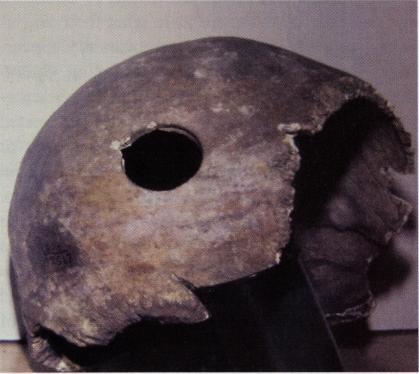

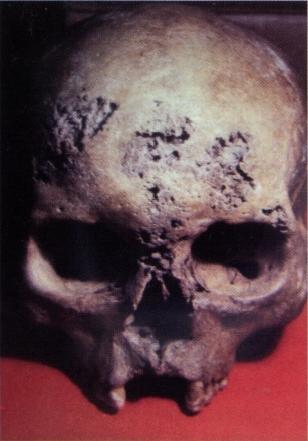


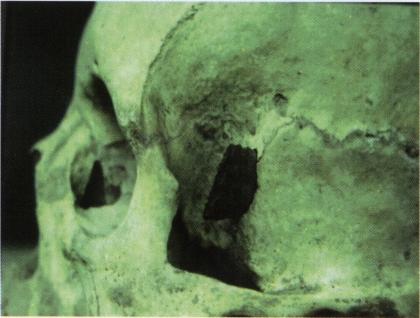

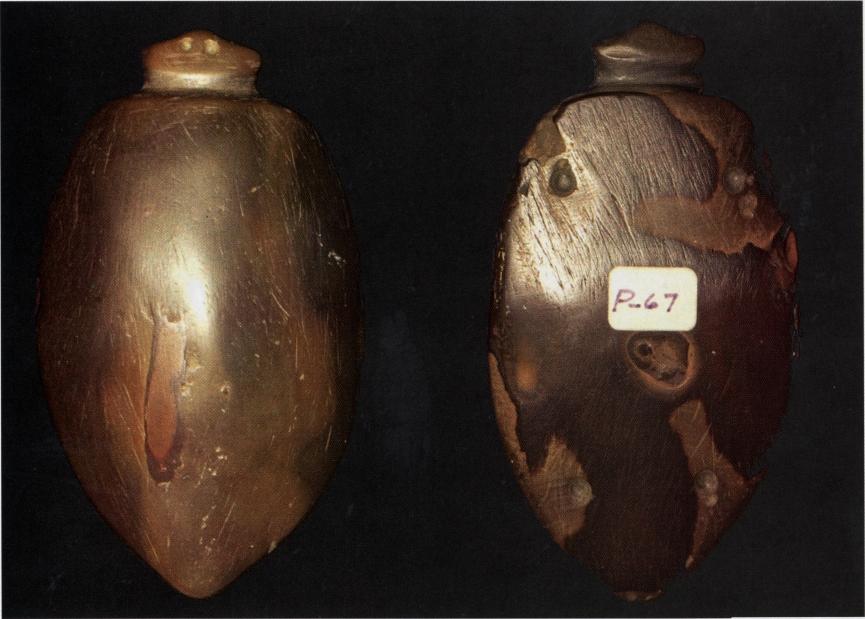
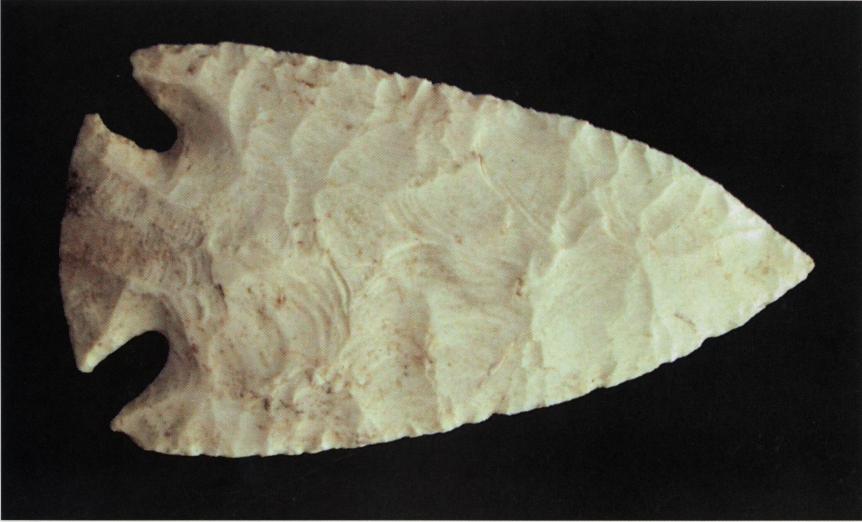
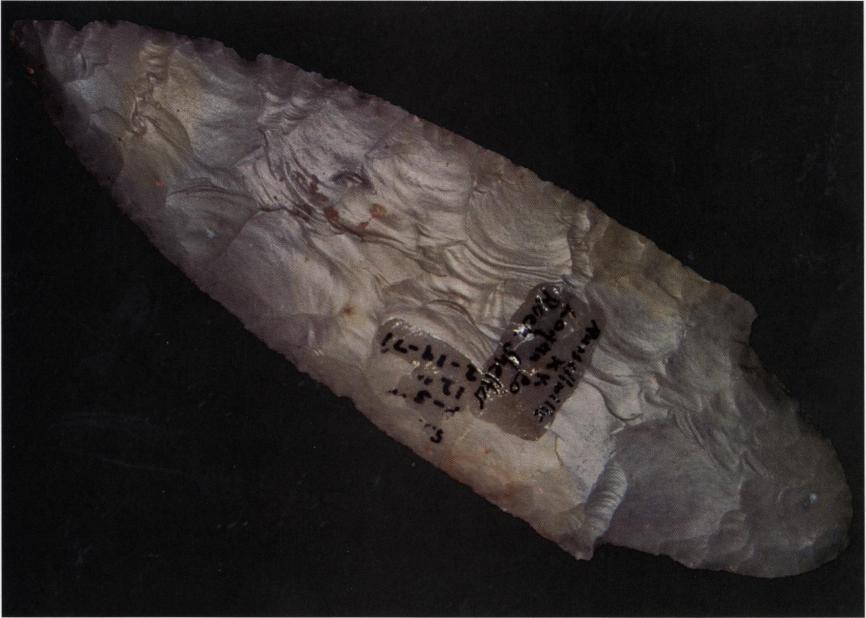

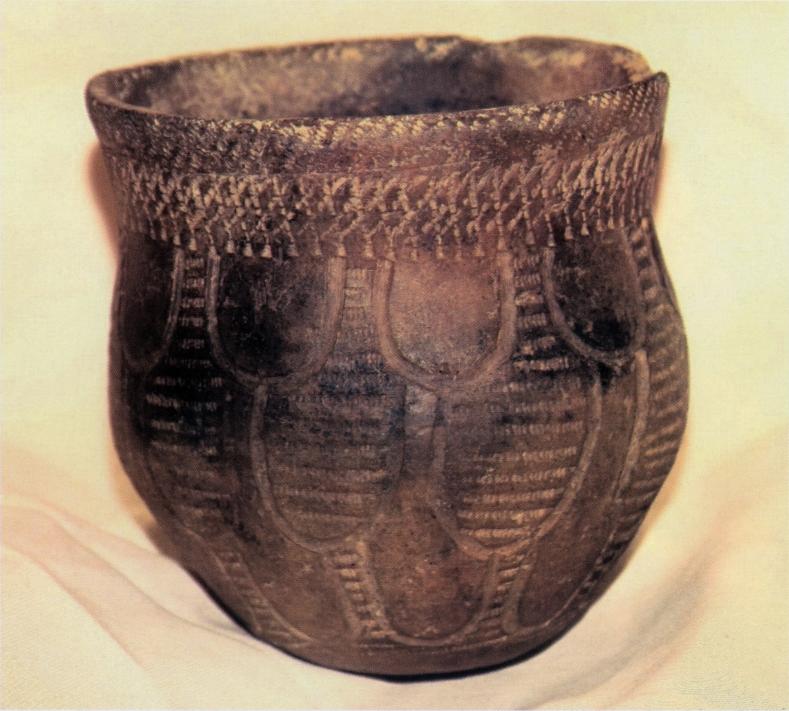


Comment